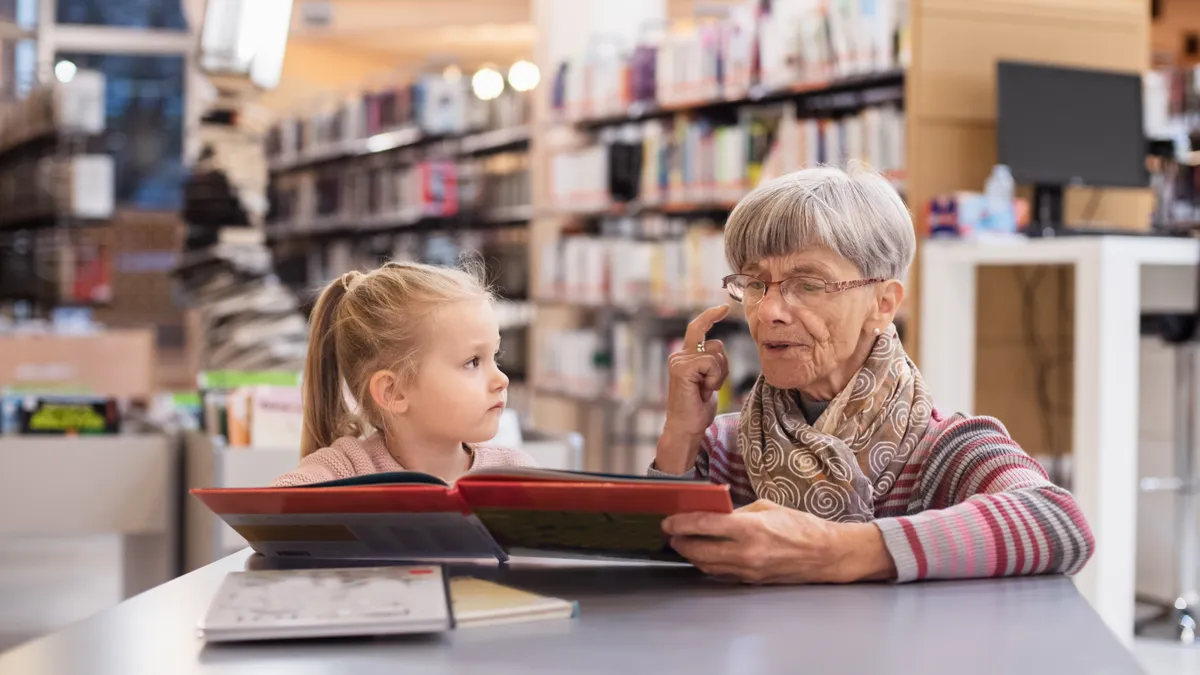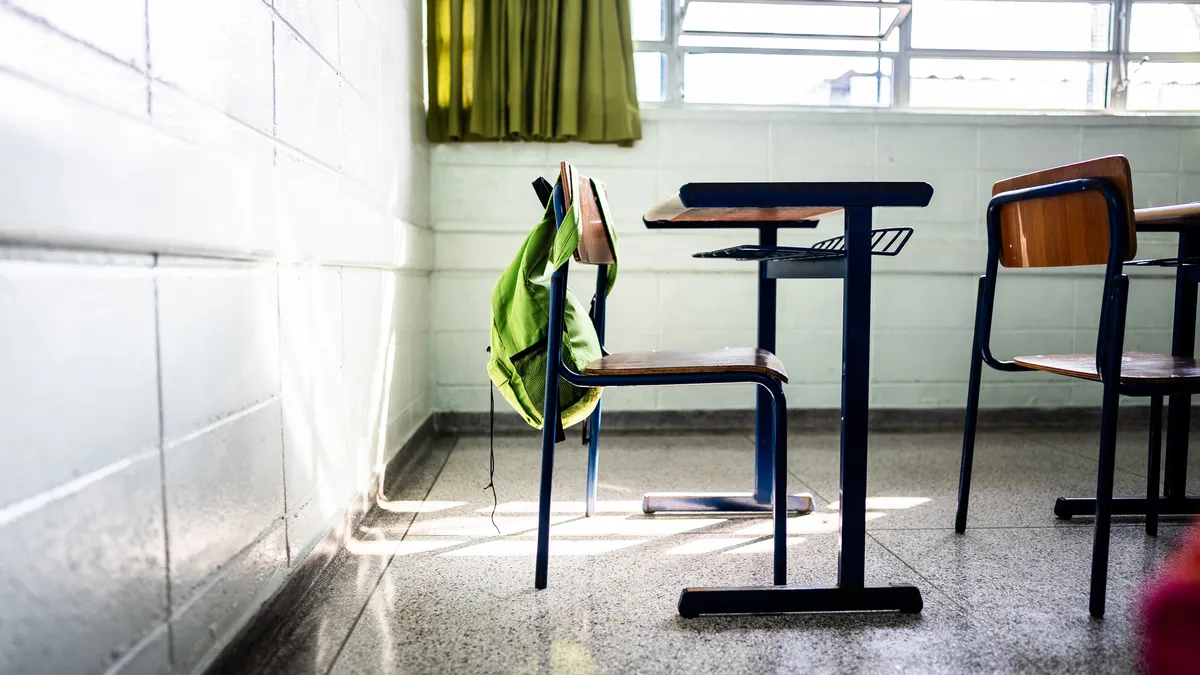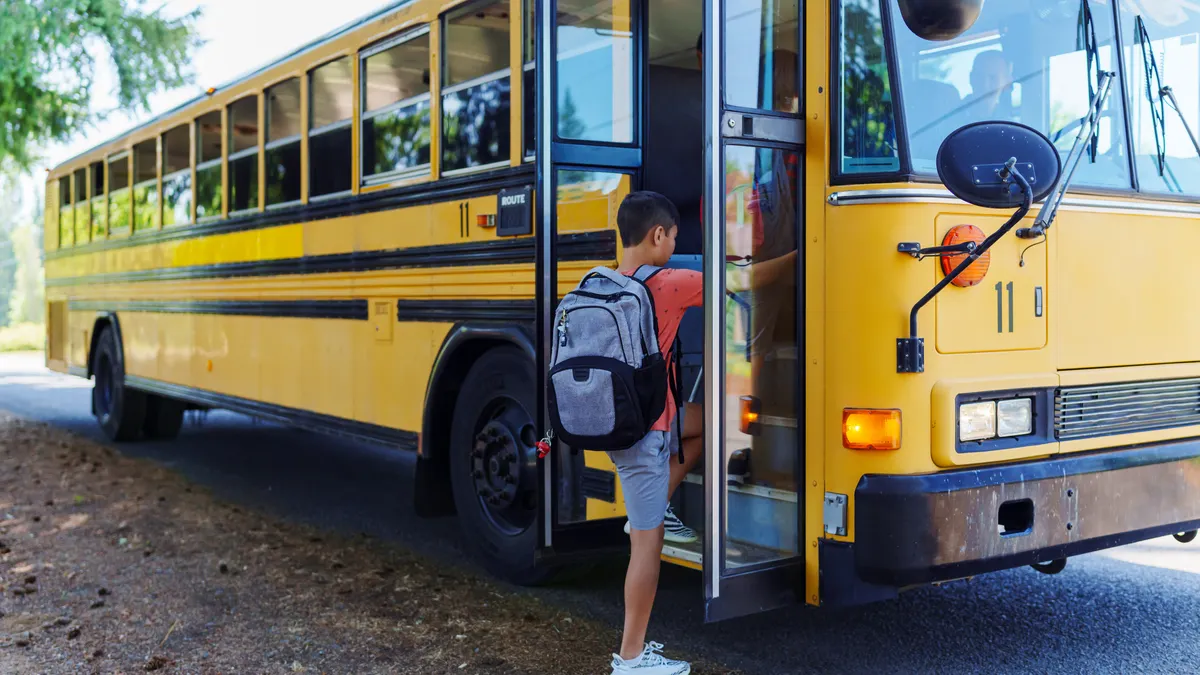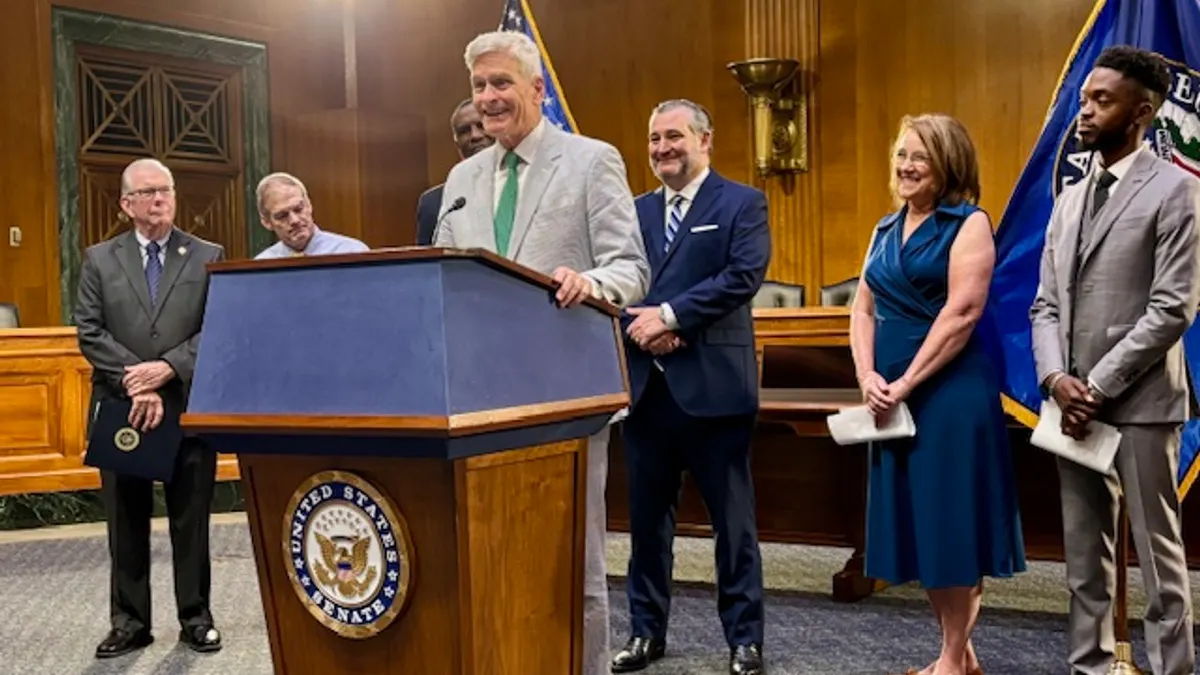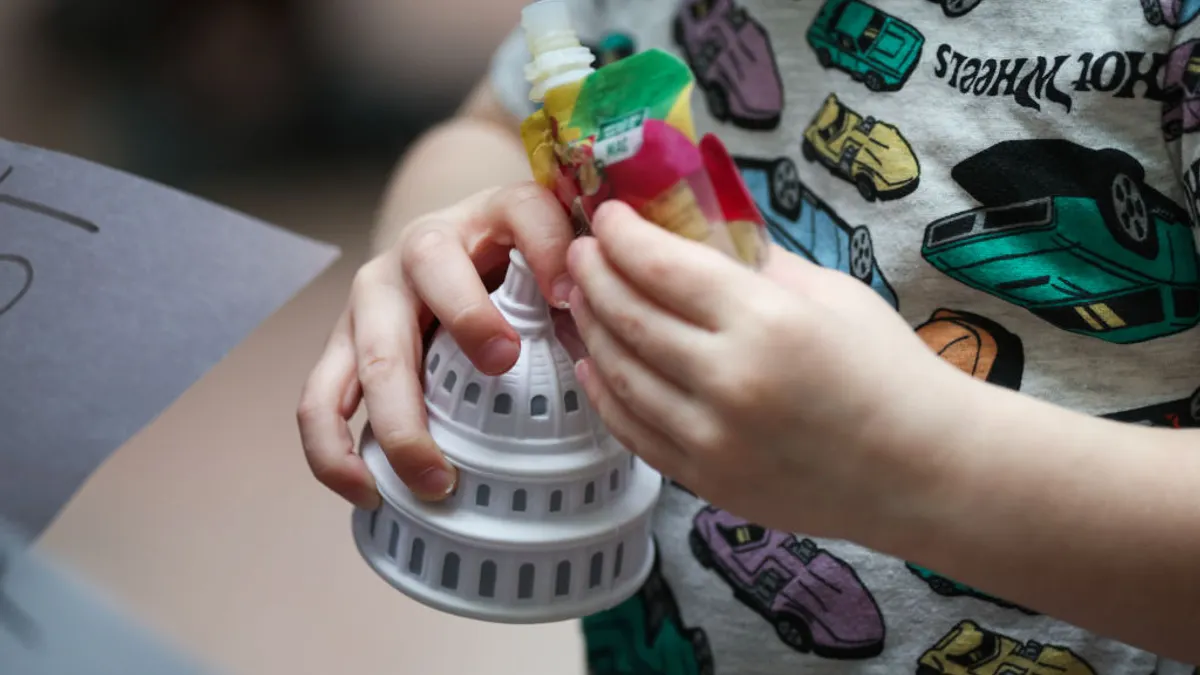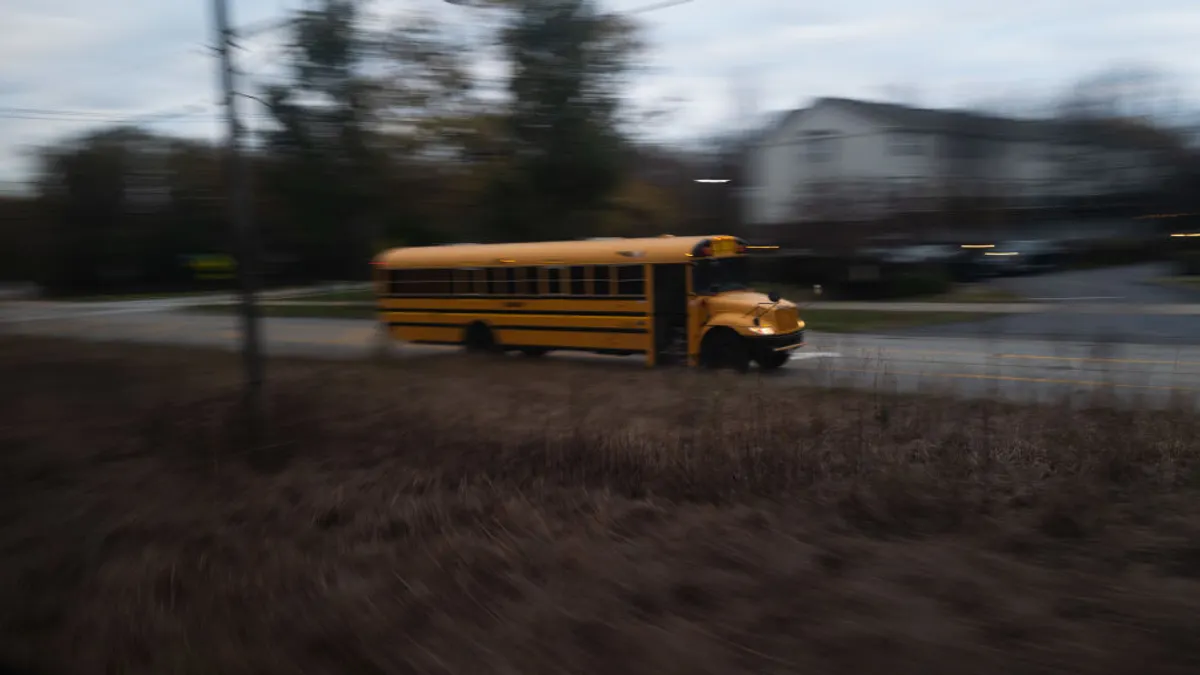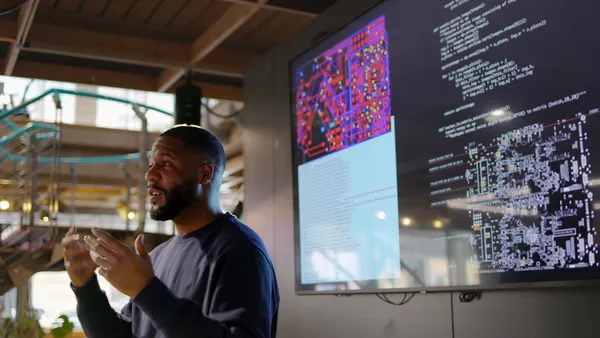When students have opportunities to spend time with members of older generations during the school day, they gain more than just academic skills. Experts say these experiences can help broaden points of view about community and welcoming other voices — mindsets that can stay with learners throughout their lives — among other skills.
“What is education for?” asks Anne Fitzpatrick, an associate professor at Trinity College Dublin and a member of the Together Old and Young Programme, a project focused on intergenerational learning. “Is it about future-proofing children, or is it about building them into people who can care for others as well as care for themselves, and have strong identities and a sense of belonging so they feel they’re part of something bigger?”
Schools often bring students and older people together during the school year, typically to hear firsthand accounts of historical moments. Teachers may look for ways to expand a particular lesson or curriculum area, for example, inviting grandparents and other members of a community to share their expertise, opening the doors to cross-generational learning “organically,” said Matthew Kaplan, a professor of Intergenerational Programs and Aging at Penn State University.
But these experiences may serve a dual purpose, helping expand how students view and value older people in their communities. A 2022 research study for an intergenerational learning program called Building a Community Legacy Together asked 93 middle and high school students to query older people for advice on living, finding that students’ attitudes toward older people grew more positive after the experiment ended.
“The findings indicate that BCLT had positive effects for the youth participants and support the further development and testing of wisdom-sharing intergenerational programs,” wrote researchers.
These connections between students and older generations also support the development of social-emotional learning skills. This can include building community, developing reciprocity skills and strengthening empathy, furthering the value experts see in encouraging these cross-generational learning opportunities.
Here are three ways educators can boost these benefits for students.
Showing empathy
Fitzpatrick believes younger students particularly benefit from intergenerational learning by forging ongoing connections with retired and older adults rather than meeting once. She helped lead a two-year research project on the impact of the two groups learning from each other, which focused on children under 9 years old and adults 55 years old and up.
She said that the research found children as young as 2 can begin to show empathy. That means by regularly engaging with older adults — and growing more familiar and comfortable with issues older people may have such as mobility concerns or illnesses — even very young students can begin to see people of different generations less as a monolith and more as individuals.
“Children can also develop bias as young as 2 and 3, and that’s also why it’s important to start at that age so children see older people for themselves as opposed to their disability,” Fitzpatrick said.
To Fitzpatrick, the most optimal benefits appear when students and older adults have ongoing and scheduled times together rather than meeting at a single visit or speaking engagement. It’s only through time that a friendship, critical for any long-term effect, can form between the two groups, she said.
“The only real learning and benefit happens when emotional connection happens,” Fitzpatrick said.
Building community
Yvonne Wakim Dennis, a curriculum coach and member of the advisory council for the non-profit OJI-SDA’, works with teachers and Indigenous communities to help facilitate more connections between younger and older people in educational settings.
Dennis agreed that older people have valuable life experience but noted that young people also have insights they can offer that may be helpful to older generations, and that this kind of respectful connection can benefit both groups.
“Having an intergenerational experience helps kids formulate the reasons for a position they have to present to the older people, and the older people realize that young people have something to offer too,” said Dennis.
Dennis has worked with teachers who have invited veterans to come in and speak about their experiences with students and also designed a poetry curriculum, inviting Indigenous older adults to come and work with students to craft their pieces. By bringing these two groups together, Dennis said, they can develop what she calls “intergenerational reciprocity” by building bridges and learning from each other rather than one group telling another what to do.
One technique Dennis highlights is a talking stick, which is passed around a group and invites whoever is holding the object to speak without being interrupted.
“Young people are learning how to be quiet and listen, which is not what we teach in schools, and adults are learning at the same time that children are innovative in their thinking,” she said.
Developing reciprocity
Like Fitzpatrick, Kaplan also emphasizes that students will benefit from intergenerational learning when both groups invest at least three months or more of weekly engagement rather than a single “show and tell lecture.” That gives everyone time for ice breakers, where they get to know and trust each other, as well as for chances to share personal experiences that can lead to deeper understanding and eventual learning moments between the two groups. He also said this kind of opportunity can fit into any curriculum.
“Intergenerational work adds an extra dimension to the learning for any subject area,” he said.
But to Kaplan, one of the key benefits of intergenerational learning is the development of reciprocity. Here, everyone is seen both as a teacher and a learner, said Kaplan. However, to succeed, both groups need to be willing to respect the others’ boundaries, particularly if someone doesn’t want to delve too deeply into the details of their lives.
Still, when a connection develops over time and through trust, both students and members of older generations can walk away with a benefit far beyond the academic lessons shared.
“They can share their own story, find commonality, and increase their understanding,” he said. “Everyone is learning.”


